Written by Lorrie Reynolds
Categories
Teaching Your Puppy for a Great Start
You got a new puppy (Congratulations!). You want to make sure he has the best possible start so he can participate with you in dog sports. So now what? What things should you focus on in the first few months with your new dog? This article defines the overall goals for your puppy’s first few months with you and gives you concrete ideas to help him learn everything he needs to know.
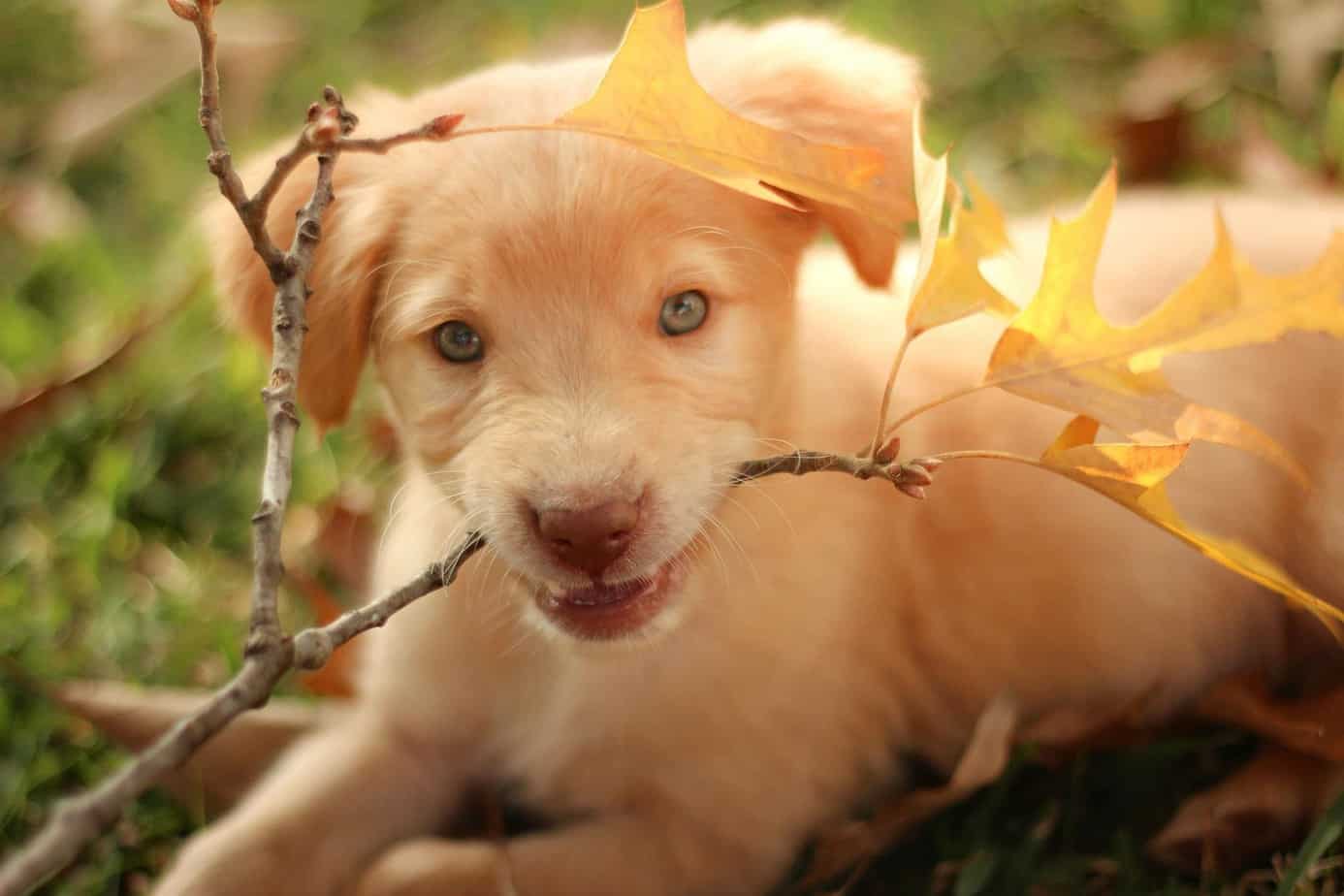
The first several months of your puppy’s life should revolve around building a relationship with you, learning about his environment, and controlling impulses. This is the time to give him the best possible chance to form a stable attachment to you, be adaptable and unaffected by new experiences, and learn some self-control.
General Reminders for Puppy Training
Puppies have a short attention span and can display “bad” behavior when they are overtired. Make sure to keep your training/play sessions very short and provide “enforced rest” or downtime in an x-pen or crate for frequent naps. Don’t expect perfection! Puppy training isn’t a straight line progression, it’s a journey with ups and downs that has a trend of improvement and accomplishment.

For those who prefer the bottom line of what you should teach your puppy, here is a list:
-
- Recognize His Name
- Make Eye Contact
- Training = Playtime
- Husbandry
- Interact with Toys
- Socialization and New Experiences
- Crate Training
- Eliminate on Cue
- Ride in the Car
- Self-Control
- Off Switch
- Learn to Go to a Place
- Basic Obedience Behaviors
- Put on a Collar/Harness/Leash Combo
- Loose Leash Walking
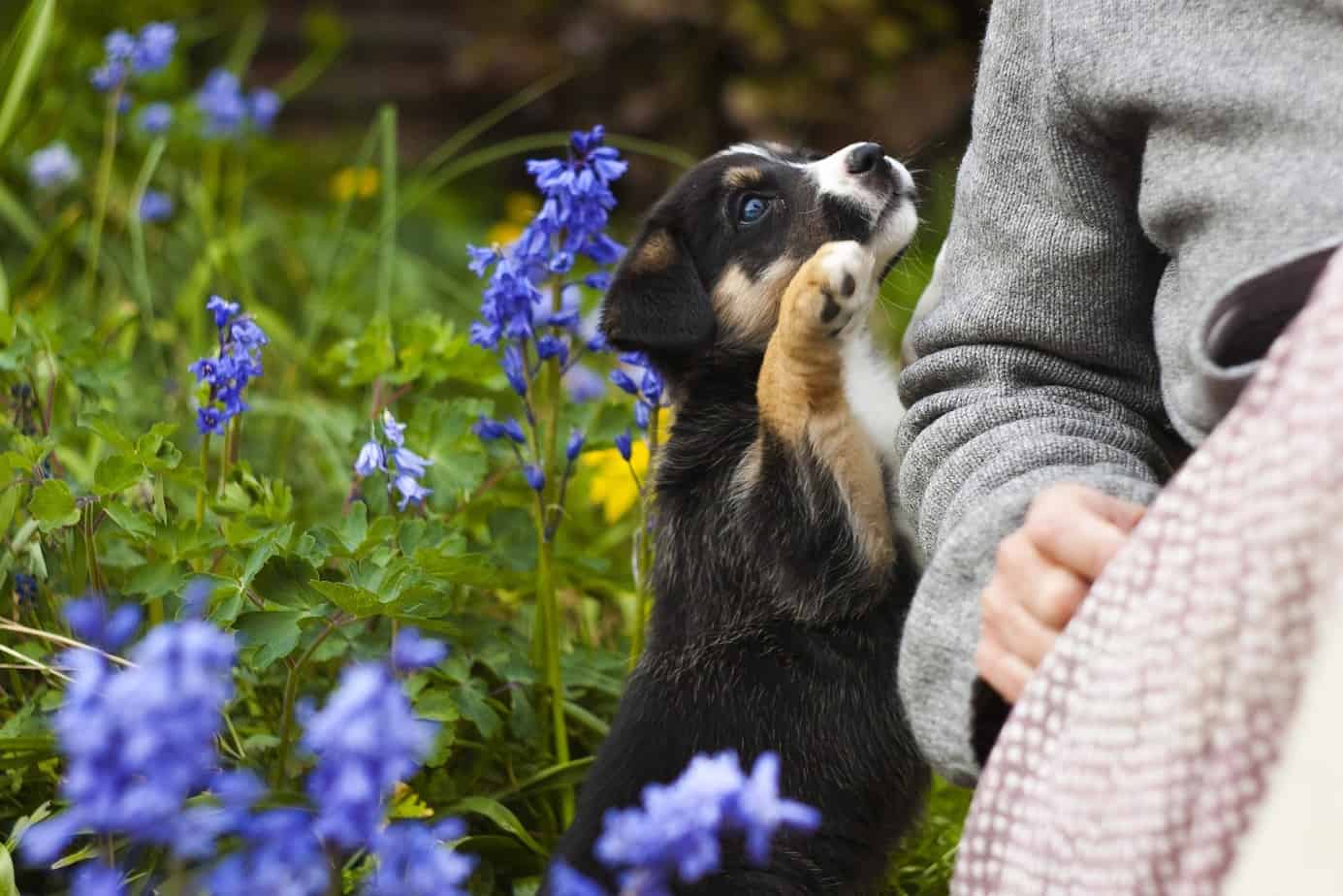
Hi, My Name Is…
Teach your puppy to respond to his name. This seems like an obvious first step, but we (as humans) frequently give dogs and people multiple nicknames, which can be confusing for a puppy. Until your puppy learns his name, try to stay away from using a lot of nicknames. They can learn those too, in time (mine respond to “Come on, baddogs” as a joke), but initially try to only use his name.
What to do
Spend a minute or two each day intentionally reinforcing your puppy’s name. Say his name, and when he looks at you or comes toward you, reward him. Talk to him. “Rover, here is your dinner.” “Rover, let’s go outside.” “Rover, do you want to play?” Don’t ever scold with his name, or call his name and then do something he doesn’t like.
I See You
Having your puppy connect with you through eye contact is an important skill. Having your dog make eye contact is essential if you need to focus his attention off of a distraction, get his attention to play/train, teach focused heeling, or connect with him on the agility course.
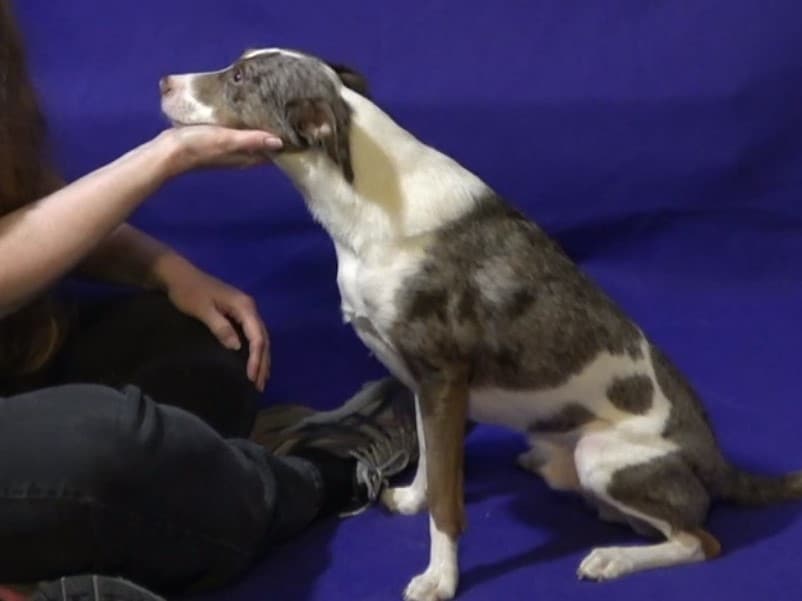
What to do
I don’t recommend using the dog’s name as a cue for eye contact because we are not consistent enough to always look at them when we are calling them by name. If you are teaching your puppy to make and hold eye contact, use a specific word that cues him to look at you.
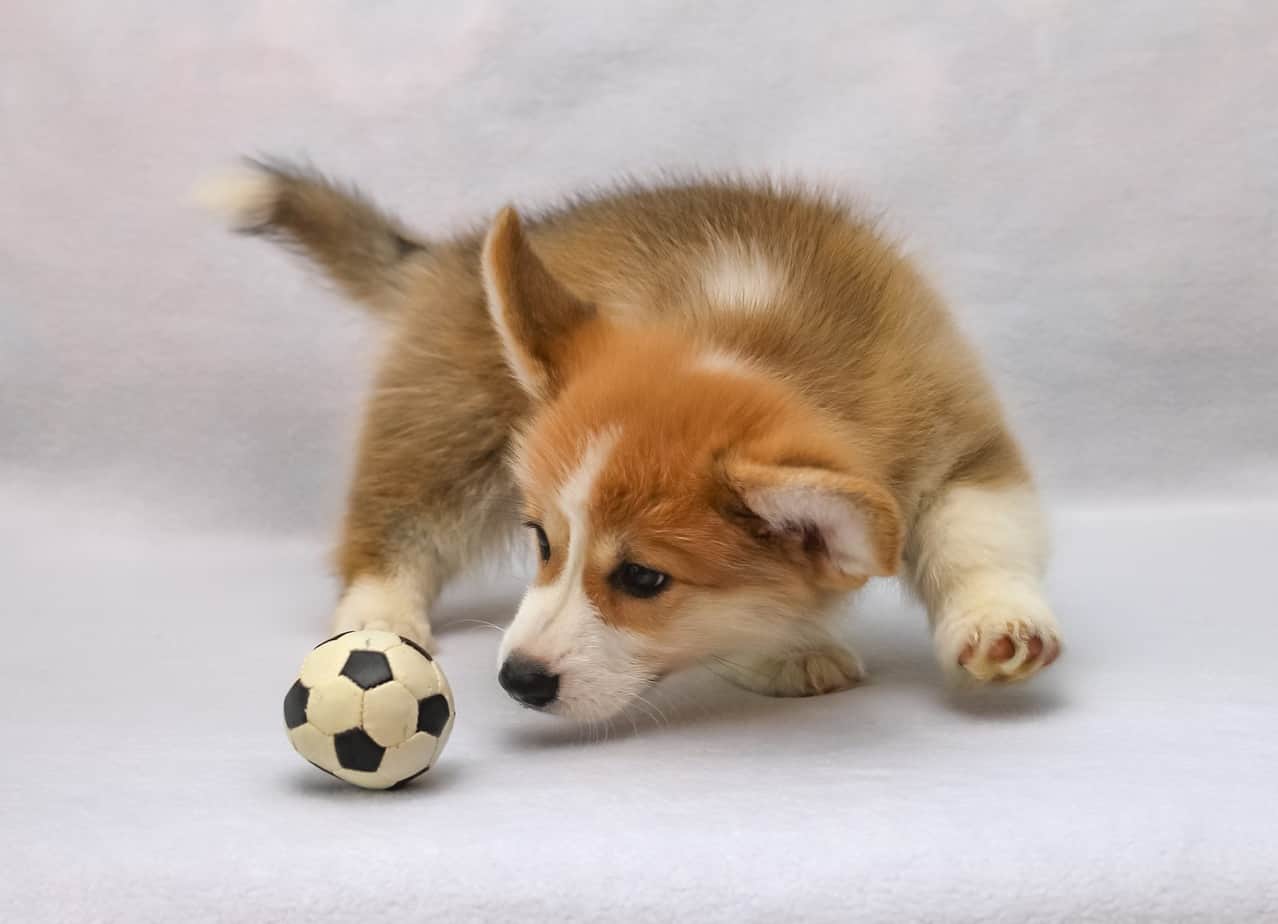
Training = Playtime
One of the first lessons we want our puppies to learn is that training is fun! Dogs have to “learn to learn” and we can help them by playing training games to teach them that good things happen when they manipulate their environment or perform behaviors. Everything you train with your puppy should feel like a new game to play. Puppies learn best through positive reinforcement, rewarding what you want and managing, ignoring, or teaching an incompatible behavior to decrease the things you don’t want.
What to do
Introduce your dog to a clicker and play fun games like 101 things to do with a box. Freeform training sessions or games teach your puppy that he controls the rewards by his actions, allow you to observe how your new puppy learns and what his preferences are (does he like to use his paws to manipulate things, or his mouth?), and have the added bonus of helping him become familiar with new objects, smells, sounds, and textures.
Husbandry Can Be Fun
Now is the time to teach your puppy that husbandry doesn’t have to be a struggle. It is important to keep the canine athlete’s nails in good shape, have them used to being handled in case of injury or for routine tasks like weighing or measuring height, and to have them tolerate grooming tasks. Use positive reinforcement to condition them to these tasks while they are young so you don’t have a struggle when they are older.
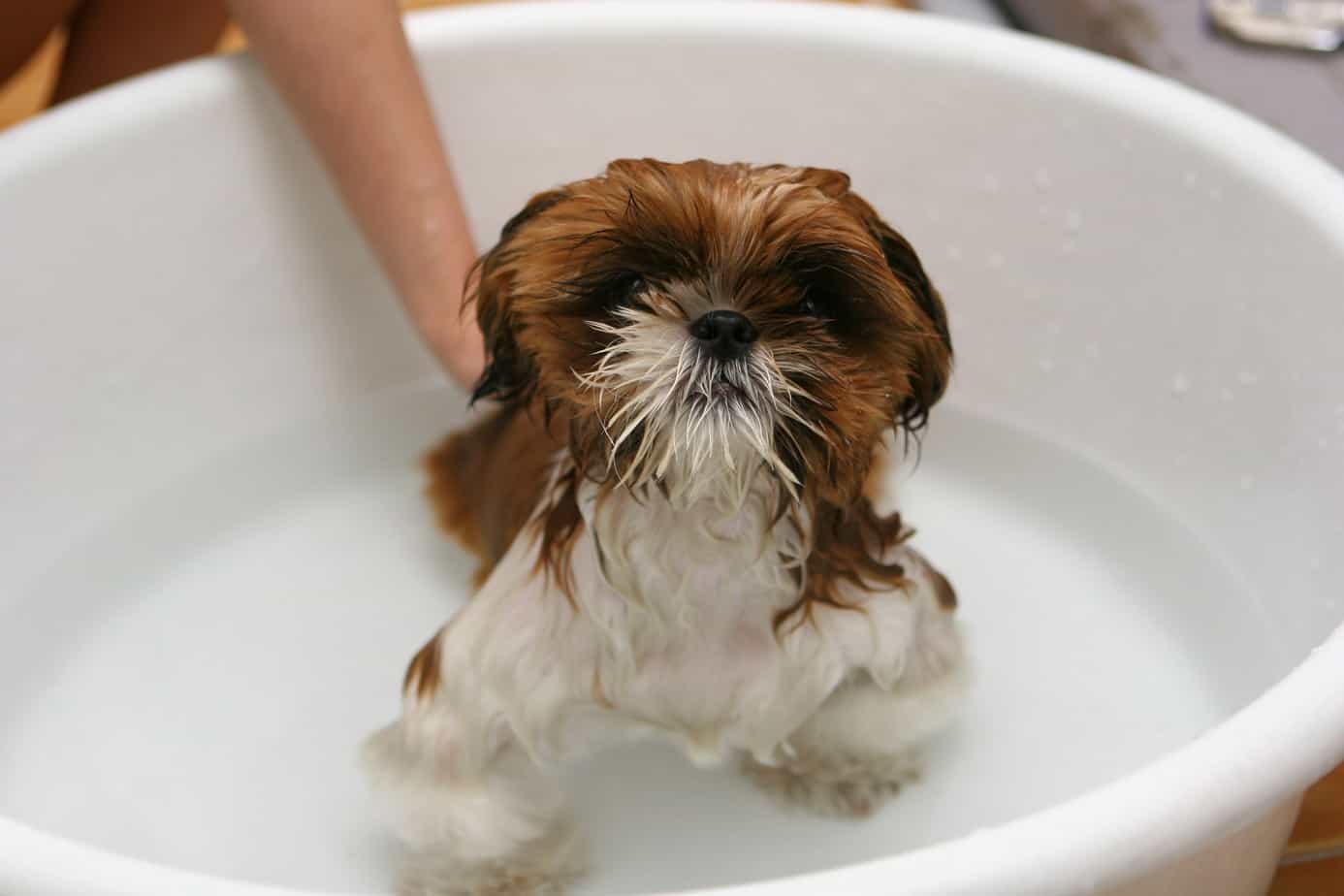
What to do
Acclimate your puppy to the grinder if you use that for nails, or to clippers if you prefer that method. Get him used to handling his paws and trimming his nails by making it a high-reward, low stress task. If you make it a game, you can have a dog who offers his paws to you for trims, rather than one who runs away as soon as the clippers come out. Make baths more fun by using a lick mat with (xylitol-free) peanut butter or baby food smeared on it while he gets a rinse. Go slow and get him used to having a bar over his back for height measurement, and make the scale a fun place to be so he willingly hops up onto it when asked.
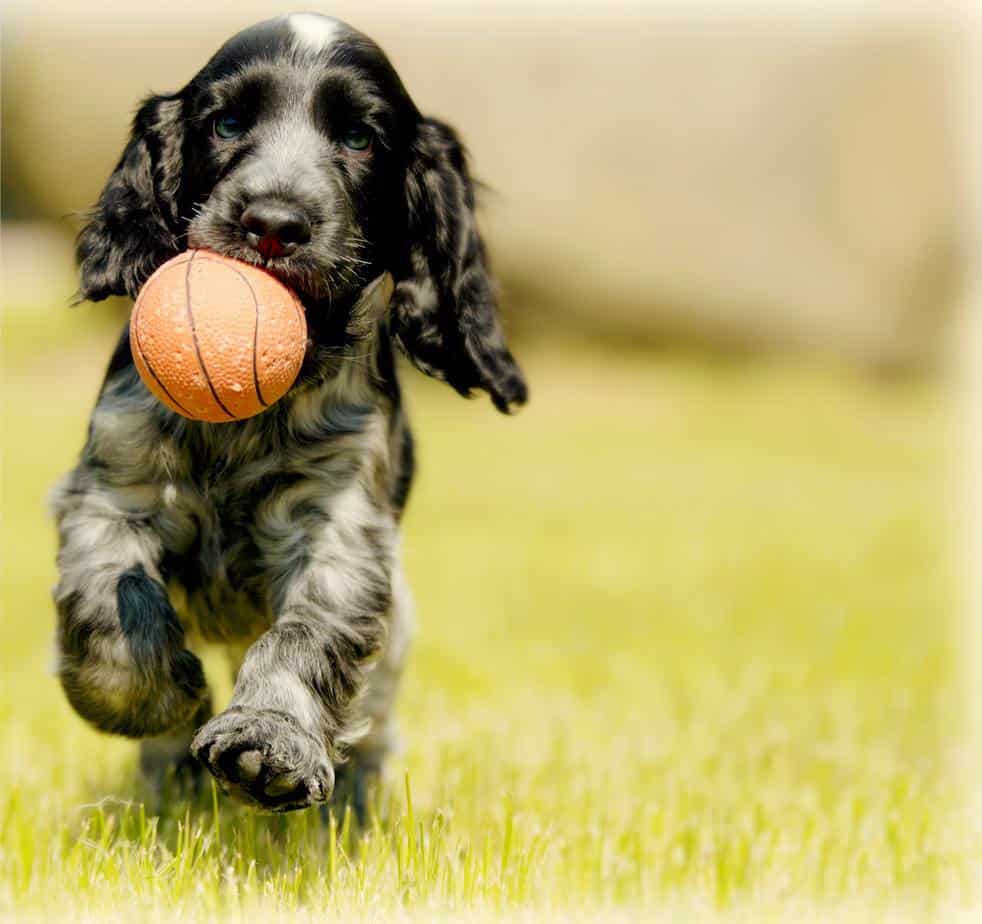
Play with Me!
Food is the typical go-to reward, but training some things can be much easier if your dog is willing to “work” for toys. Encourage your puppy to interact with you using toys, and play games to help him learn the rules. Rules should include no teeth on human skin, giving up the toy when asked, and not grabbing at toys without invitation.
What to do
Play two-toy games to teach the dog to release on cue. Help your puppy learn a cue word that means it is okay to get the toy. Play chase games to make the toy more exciting. Offer a toy instead of skin if your puppy is grabbing you to play. If your puppy gets overstimulated and grabs your hand instead of the toy, say (don’t yell or screech) “ouch”, and momentarily stop the game to give him a chance to decrease his excitement level.
New Experiences are Awesome
Socialization is a frequently misunderstood topic. My goal with socialization is not to make my dog play with every dog he meets, or to let everyone in the world pet him. For insecure or shy dogs, that can be a nightmare. What I do want is for the puppy to experience a wide variety of noises, sights, smells, and textures so that his response to new things is interest rather than fear. I want to teach him that he can be in the vicinity of dogs without interacting, and that people of all sizes, shapes, colors, ages, etc. are just people and not something to be afraid of.
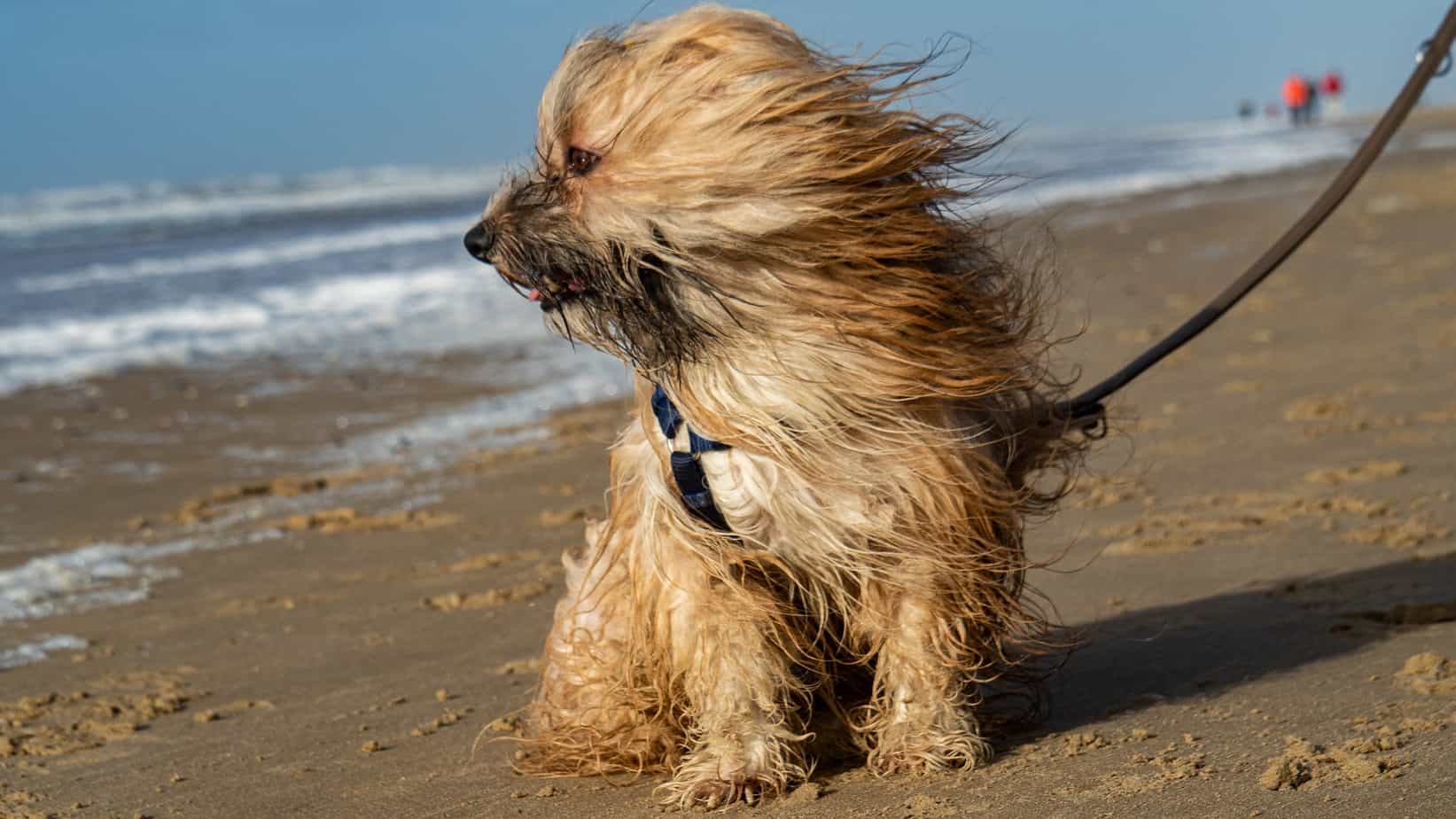
What to do
For new objects, if the puppy shows any signs of fear, let him approach at his own pace and reward him while he is under threshold. One of the best things to do is to throw a reward *away* from the scary object when the puppy approaches it. That helps in two ways – the dog is rewarded for approaching it both by getting a treat, and by being encouraged to move away and release the tension. Make sure you have your puppy walk over lots of different surfaces, both natural and manmade. Allow him to approach people, but if he shows any signs of fear, have them just drop a treat and don’t pressure him to move closer. Play recorded noises of thunderstorms, fireworks, traffic, and other “scary” things at low volume and reward through food or play so that the noises are associated with good things before gradually increasing the volume. Only allow him to interact with dogs that you know are stable, and reward him for noticing but passing by those you aren’t familiar with.
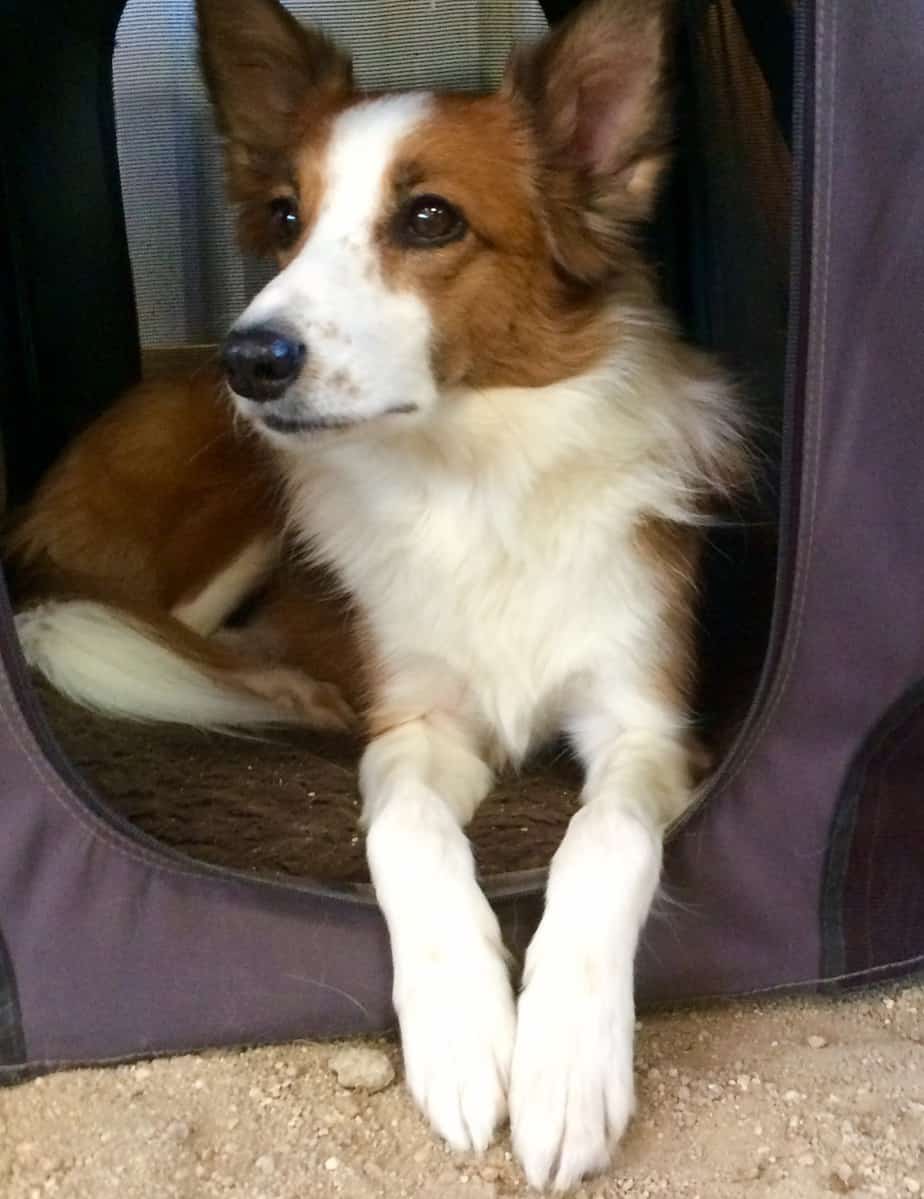
I Love My Cave
If you are going to play dog sports, your puppy needs to learn to be happy in a crate. If the crate is a safe and happy space, it can be used to encourage the puppy to rest, manage him when you can’t watch him, help with house training, and of course, keep him in a defined space when you are at a dog event.
What to do
There are plenty of resources available for crate training. Make sure that the crate is a fun place that is highly rewarding. I often feed my adult dogs in crates just to maintain that positive association and to keep them separated so nobody is bothered while they are eating. Don’t use the crate as a punishment or harshly shove the dog into a crate when you are angry or upset.
Eliminate on Cue
I have been fortunate enough to have never experienced my dog eliminating in the agility ring. Part of that is due to the fact that all of my dogs are trained to eliminate on cue. Also make sure that you teach your puppy to eliminate while on leash. There will be many times at a dog event where an off-leash area is not available. Having a dog that will only “go” off leash is a significant issue.
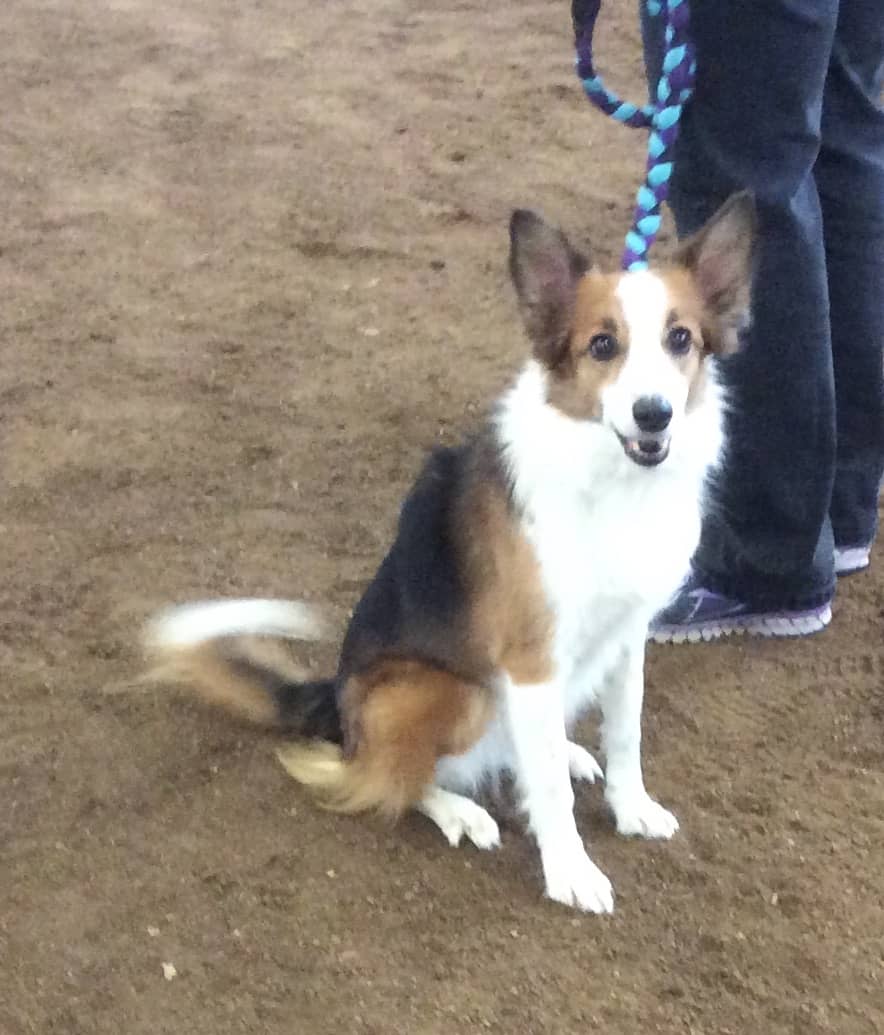
What to do
When you are housetraining your puppy, be sure to associate a word with urinating and defecating when you take them outside, and reward after they do so. Try not to allow them to continuously mark on walks, or make sure that you consistently use your cue word when they are getting ready to mark something. Over time, you will be able to walk your dog out, give them the cue, and be confident that you can go into the ring without any accidents.
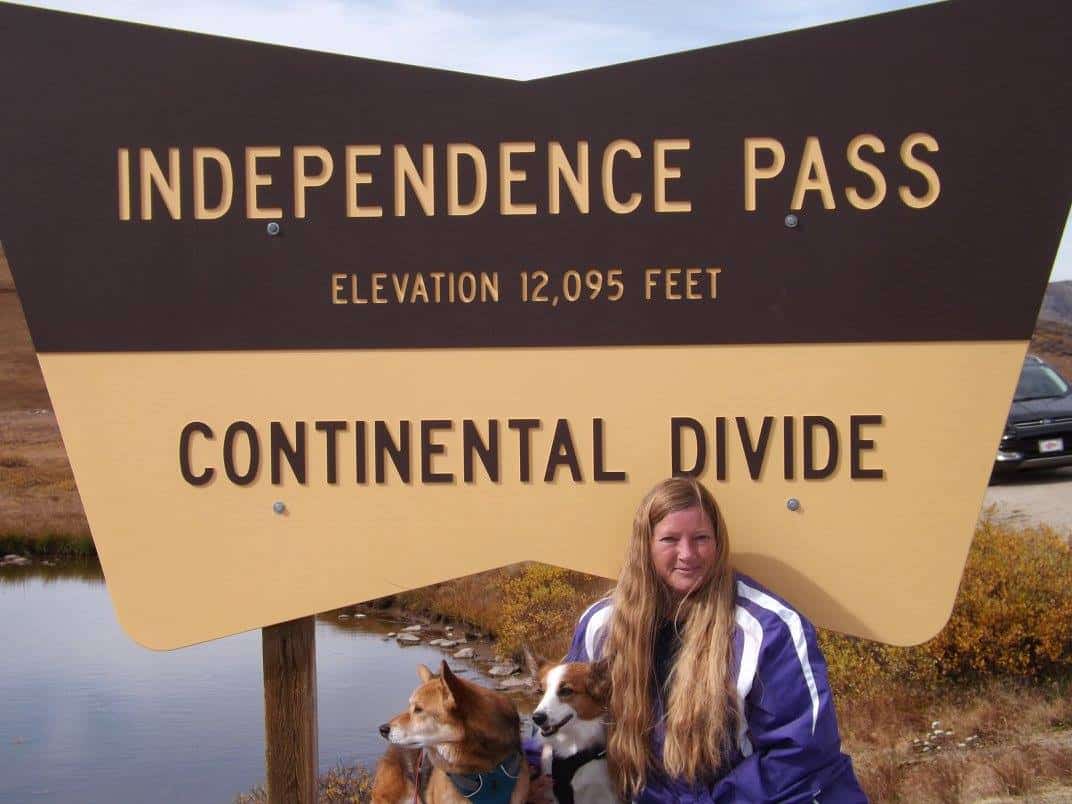
Going for a Ride!
In an ideal world, we would all have dogs that loved their crates and they would all ride nicely crated in our cars. In the imperfect real world, not everyone has room for crates, and some dogs are predisposed to car sickness. If you are planning to travel to dog events, your puppy needs to learn that cars are good places, and to ride nicely whether crated or not.
What to do
Take your puppy on short, frequent rides in the car to fun places. Many dogs seem to outgrow car sickness, but for others, it is a response to anxiety. Teach your puppy that cars are good places to be, and reinforce basic safety rules like not exiting the car until you release them. Don’t save car rides just for trips to the vet.
I Can Control Myself
Puppies have a hard time with impulse control because…they are puppies! Baby brains can’t be expected to act like mature brains, but there are things you can do to help them learn self-control. Self-control is not only important for everyday life (don’t chase the squirrel, go to your place when the doorbell rings), it is also going to be essential for dog sports (wait at the start line, collect for weave poles, stop on the contacts).
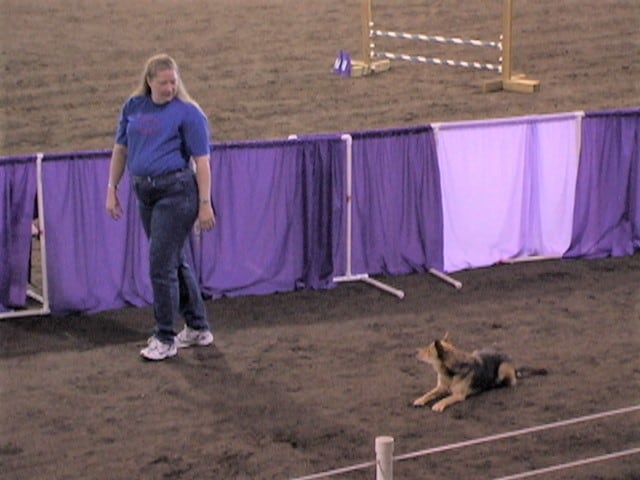
What to do
There are some early skills that you can teach your puppy to help with self-control. One is to take treats (or other things) only with permission. You can use “It’s Yer Choice” type games, teach a “leave it” cue, or use a combination of both. I use tug games to help with self-control, switching quickly between “drop it” and “get it” with my puppies. You will also want to teach your puppy to take treats nicely, without grabbing your entire hand.
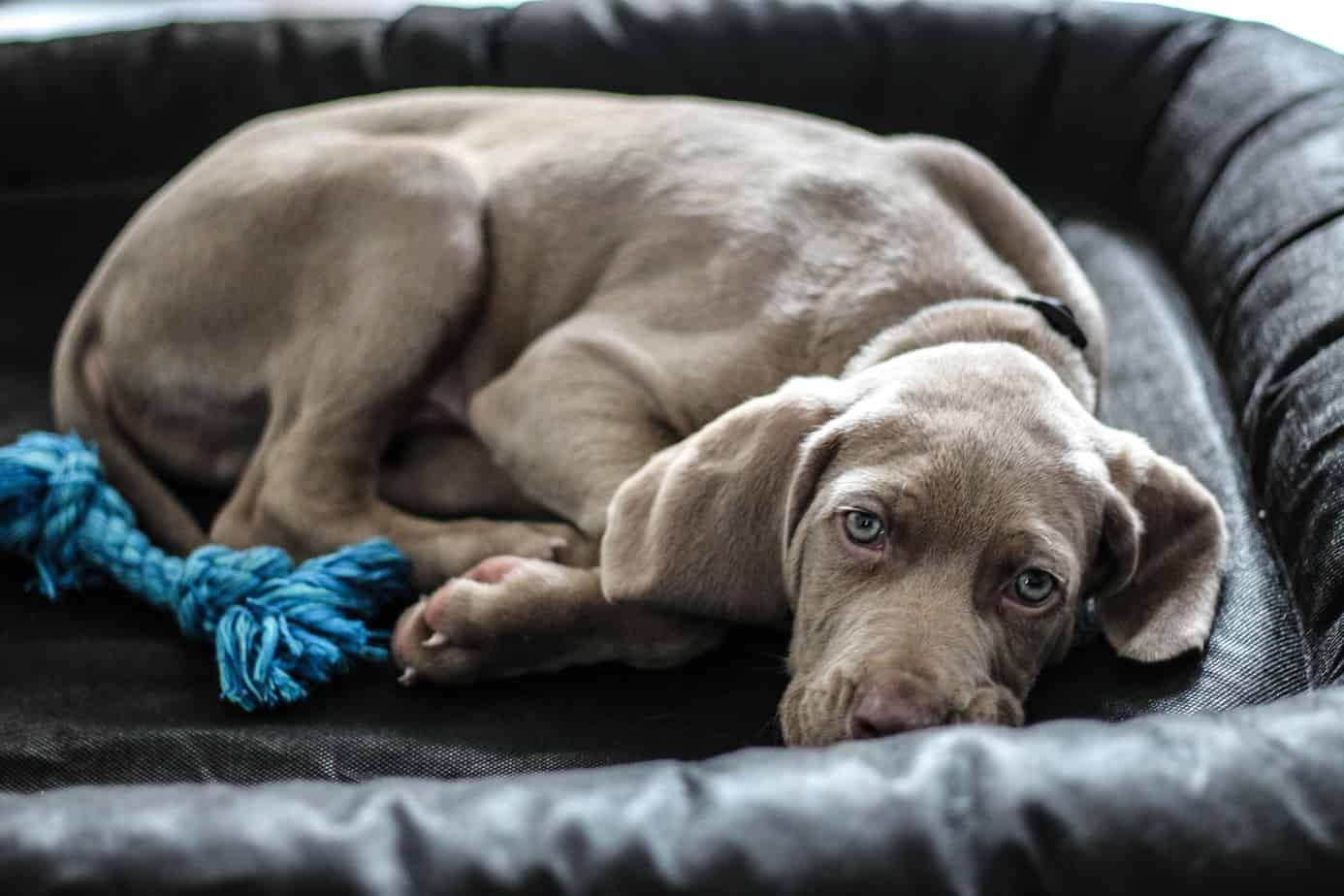
Turn it Off
Related to self-control is teaching an off switch. If you’ve been around dog sports, you have seen “that” dog – the one who is constantly pacing, barking, straining at the leash, or continually mouthing a toy. Unfortunately, many people see this as “drive” when more often it is overstimulation and a dog that has not learned to have an “off switch” when not working.
What to do
Teach your puppy to switch between “working” mode and relaxation mode. You can use rest periods, relaxation protocols, or just rev your puppy up to play and then calm them through slow petting and calm words. Whichever method(s) you use, your dog will benefit mentally and emotionally from not being “on” all of the time.
This is My Spot
A “place” command is extremely helpful for self-control and can be used to help with proper behavior when a visitor comes to the house, resting in between tasks while you rearrange equipment, or when you are taking turns training your dogs. Similar to crate training, the place command gives your dog somewhere to be as an alternative to “getting into trouble” by jumping on guests or interfering when you are training another dog. As an interesting side note, my dogs will bark if they are awaiting their turns at home while in a crate, but are silent if they are sent to their place to wait their turn.
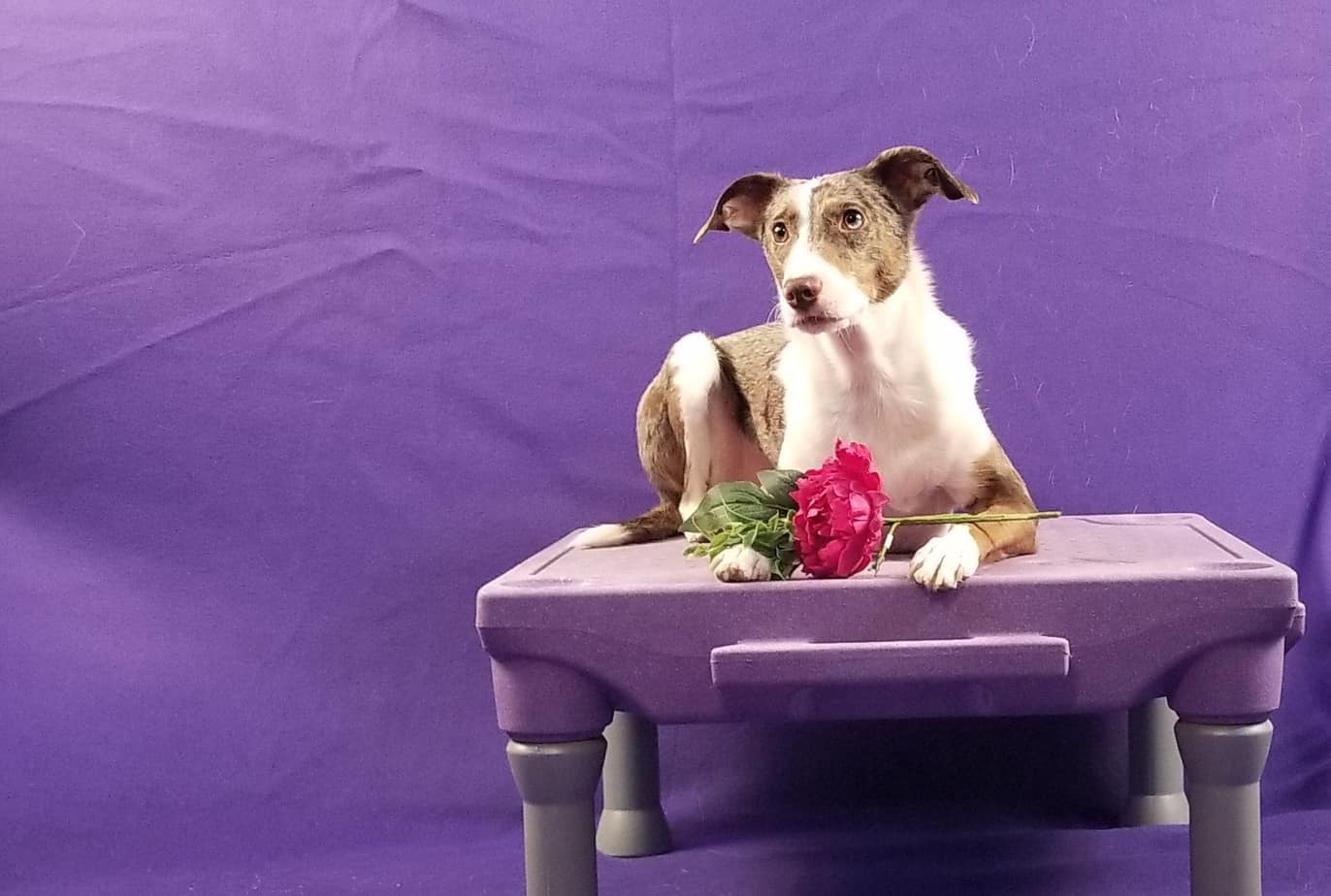
What to do
Use a mat, platform, rug, or dog bed to mark the place you want your puppy to be. Create a very high value for being in that spot. Slowly add distance, duration, and distractions one at a time before adding a combination of those, and reward heavily for your dog staying in place and being quiet. This can also help with teaching the “off” switch and resting.
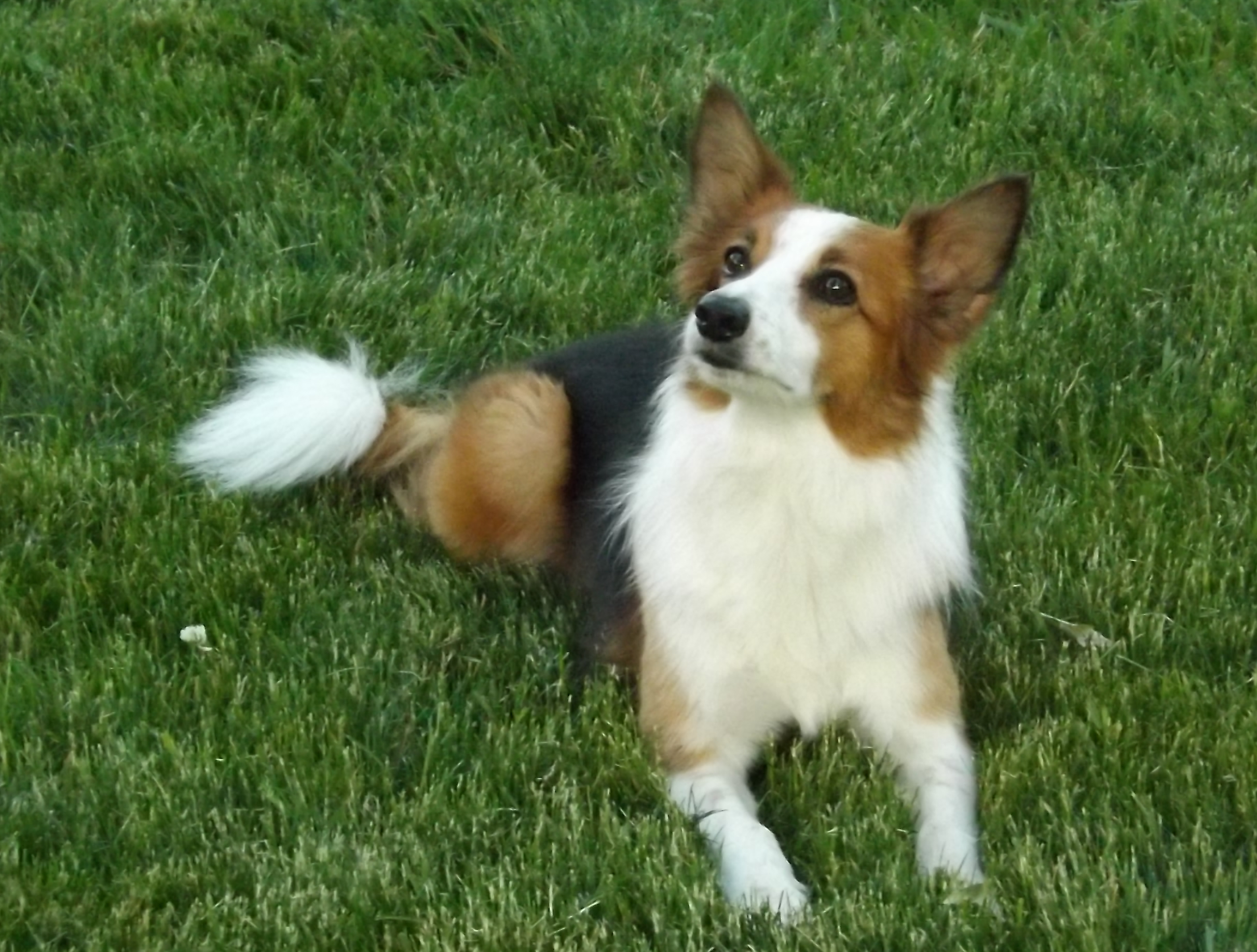
I Know the Basics
Now – some actual behaviors! To participate in dog sports, your puppy needs to learn some basic behaviors. I don’t start with sit for a variety of reasons (that will be a future blog post). One reason is because there are too many things I want to teach my dog that require movement, and if sit is his default, it is harder to teach tasks that he needs to move for.
What to do
Teach your dog to lie down, stand, stay, and finally sit. These positions and the stay behavior will be essential for your success in dog sports.
Get Dressed
You can’t take your dog anywhere without a collar or harness, and not every dog likes to wear them. Teach your dog to willingly put on a collar or harness to make your life much easier. Which one you use is up to you. There are advantages and disadvantages to both. If you use a harness, make sure that it is one that does not restrict movement for a puppy, and don’t leave it on other than when you want to go for walks.
https://youtu.be/wsgCbKVilJ4
What to do
Play “the leash game” with your puppy to encourage him to voluntarily put his head through a leash/collar combo or overhead harness, move toward you to put a buckle collar on, or step into a harness. My personal preference is for my dogs to wear an identification collar when we leave the house, and a combo martingale/leash that is not attached to the collar to walk in. However, I teach loose leash walking before we actually go for walks so they don’t hurt themselves pulling on a collar.
Walk on a Leash
Speaking of Loose Leash Walking, that is another skill that your dog needs to compete in dog sports. There are quite a few competitors who don’t care about being pulled to the ring, but truthfully, it isn’t good for a dog to continuously pull whether on a collar or a harness (unless it is a harness designed for weight pull or mushing). By loose leash walking, I don’t mean a formal heel. When we go for walks, I want my puppy to be able to explore their surroundings, sniff new things, and focus on the world around them rather than staying in heel position. I just don’t want him to pull while doing so.
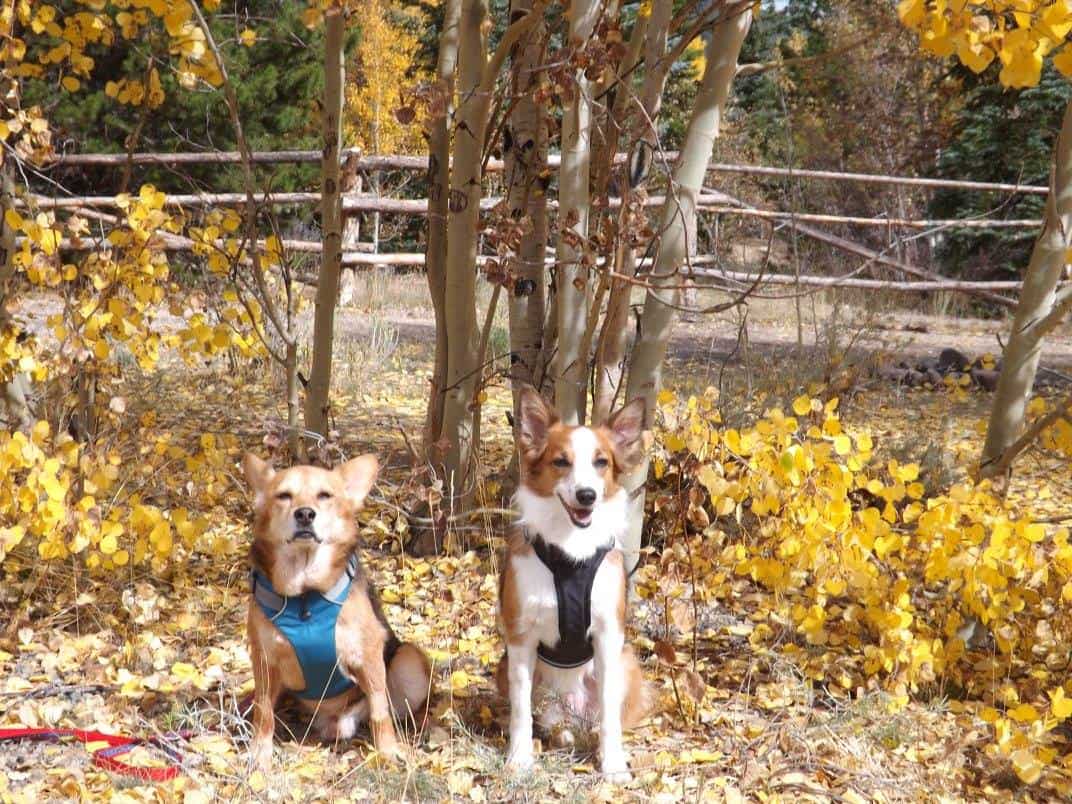
What to do
Teach your dog not to pull on the leash. There are many methods or processes you can use, but the most important principle is to avoid letting your puppy get into the habit of pulling on walks. I allow my dogs to walk wherever they want (in front or a bit behind) as long as there is no tension on the leash. One tip for teaching this – start somewhere that is boring to the dog. There is no law that says your daily walk has to be in a straight line. With new dogs, I often walk them in the back yard in circles before we ever go on “a walk” so it is easier to get their attention and reward for maintaining a loose leash.
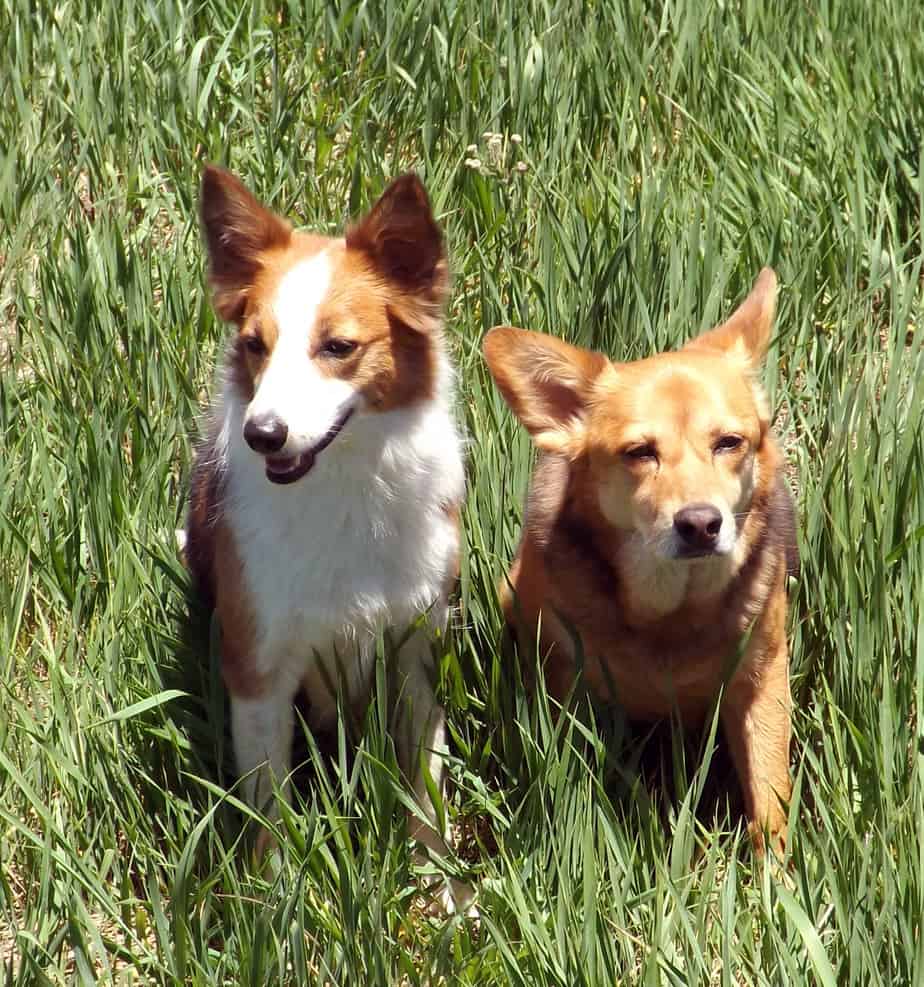
Recall
The most important thing you can teach your puppy is a recall. It is literally a lifesaving cue. By the time you compete, your dog should be more interested in playing the game than his surroundings, but things happen, and dogs get loose. Ensure that your dog is trained to come back to you right away every time and that you have taught him that having you grab his collar is a good thing.
What to do
Recall training is a life-long process. Start small. Get a bunch of high-value treats, go somewhere boring, put the dog on leash, and say your recall word. The moment your dog comes toward you, click and treat. Repeat until you are 100% confident that he will come to you in that room. Incrementally work in different rooms, adding a long line for distance and introducing distractions slowly before going outside and starting on a short leash again.
This seems like an enormous list, but remember, your puppy is learning and growing his knowledge at an amazing rate over the first few months of life. Many of the things listed here can be taught while “playing” with your puppy. They won’t know it is “work” rather than play. Focusing on just a few of these behaviors in several short training sessions throughout the day will allow you to make significant progress in a short time, setting your puppy up for a wonderful journey in dog sports.
If you enjoyed this article, please share it with your friends!
You Might Also Like…
Puppy FUNdamentals: Puppy-Safe Agility Skills
Which dog agility skills are safe to teach your puppy? Find out in this article.
Get tips, stories, discounts, and early notification of events and new courses delivered straight to your inbox! Join the community!
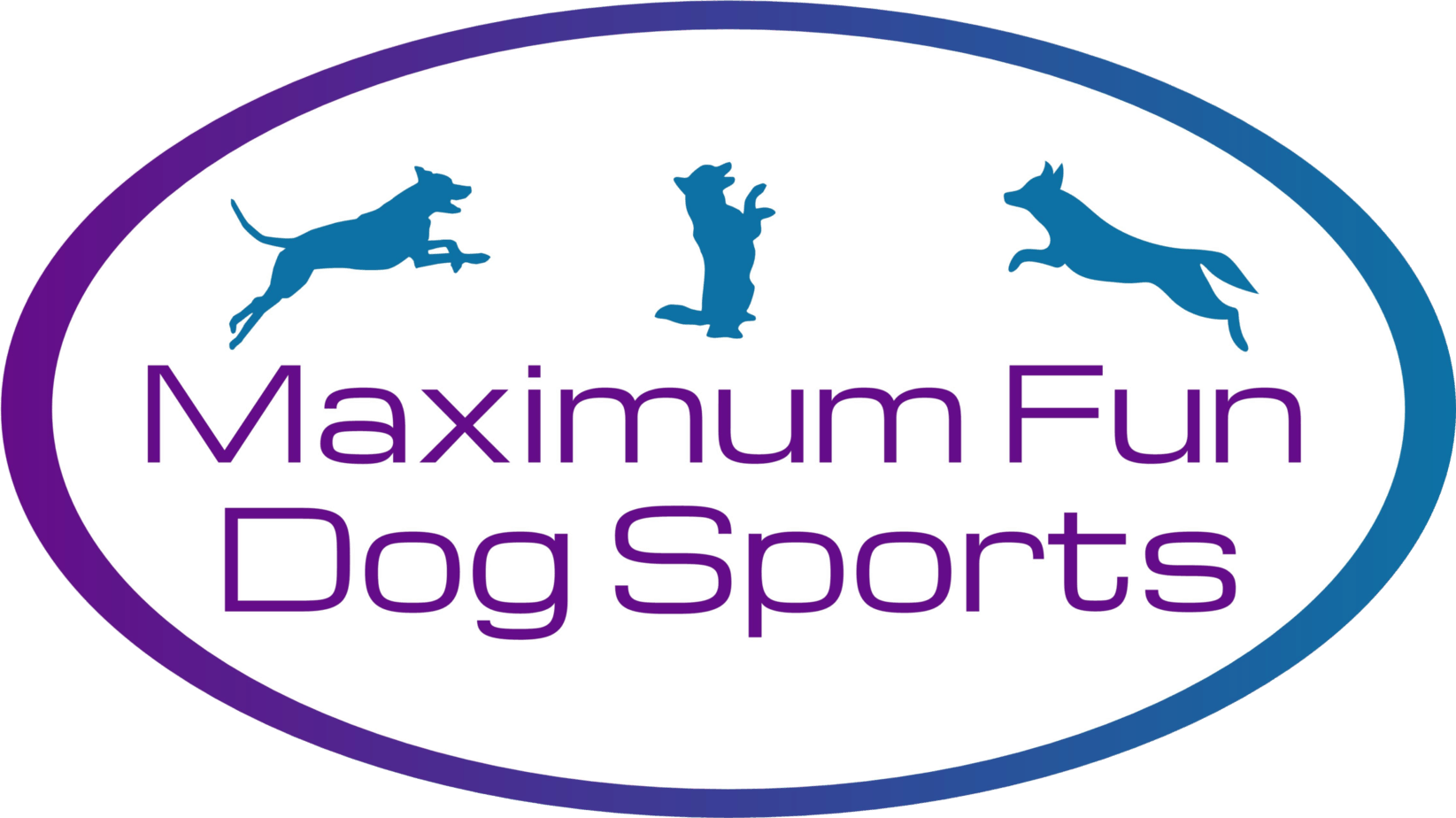
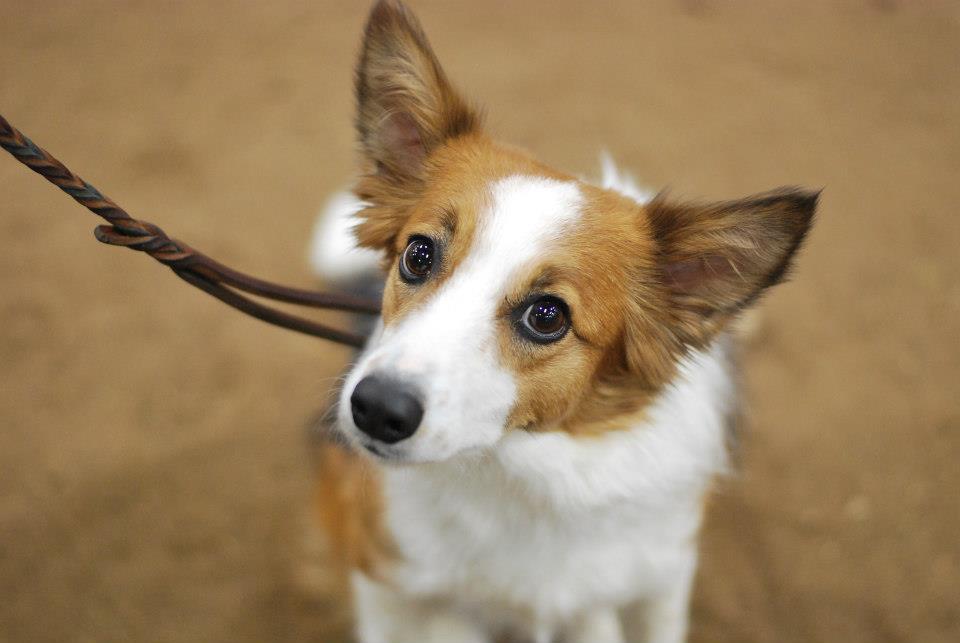
0 Comments